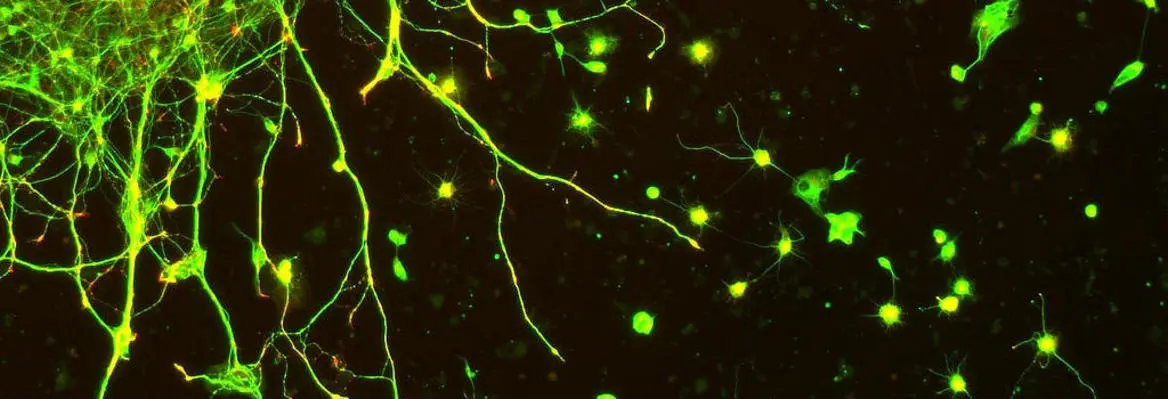More than 50 years ago Wilfrid Sellars challenged philosophers to explain how to reconcile the universe as we ordinarily experience it with what issues from the sciences, especially physics. In 1963’s Science, Perception, and Reality, he wrote:
The philosopher is confronted not by one complex many-dimensional picture, the unity of which, such as it is, he must come to appreciate; but by two pictures of essentially the same order of complexity, each of which purports to be a complete picture of man-in-the-world, and which, after separate scrutiny, he must fuse into one vision. Let me refer to these two perspectives, respectively, as the manifest and the scientific images of man-in-the-world.
Sellars’ exhortation echoes the physicist A. S. Eddington who, in his 1927 Gifford Lectures (subsequently published as The Nature of the Physical World, 1928) had spoken of setting out to write his lectures by drawing up two chairs to two tables.
Two tables! Yes; there are duplicates of every object about me – two tables, two chairs, two pens.
One of them has been familiar to me from earliest years. It is a commonplace object of that environment which I call the world. How shall I describe it? It has extension; it is comparatively permanent; it is coloured; above all it is substantial.
Table No. 2 is my scientific table. It is a more recent acquaintance and I do not feel so familiar with it. It does not belong to the world previously mentioned – that world which spontaneously appears around me when I open my eyes, though how much of it is objective and how much subjective I do not here consider. It is part of a world which in more devious ways has forced itself on my attention. My scientific table is mostly emptiness. Sparsely scattered in that emptiness are numerous electric charges rushing about with great speed; but their combined bulk amounts to less than a billionth of the bulk of the table itself.
Eddington’s first table is at home in Sellars’ manifest image, the picture of the universe that guides our everyday interactions with our surroundings – including the interactions of scientists in their daily lives and in their laboratories. This picture includes our own self-awareness, our impressions of conscious states and the qualities of experience. The second table belongs to the image of the universe we obtain from physics. The difficulty, remarked by both Eddington and Sellers, is to understand how these images are related.
All this comes sharply into focus when you ask yourself how consciousness, a central component of the manifest image, fits into the physical world. Philosophers have not hesitated to provide answers, including
1. Dualism: consciousness is not a physical phenomenon, but something immaterial, which, although perhaps dependent on physical processes, is not reducible to such processes.
2. Materialism: consciousness is an illusion promoted by philosophers and theologians; indeed the manifest image as a whole is nothing more than a fabrication. Only the scientific image is credible.
Do these options – and their many variations – exhaust the possibilities?
Note that both options start with the assumption that mentality – consciousness – is immaterial. The dualist sees consciousness as an add-on to the physical universe. Features of the everyday manifest image incommensurate with physics are assigned to this immaterial domain. For the dualist, there really are two tables, one belongs to your conscious experience of the universe, the other to the physical universe.















Join the conversation